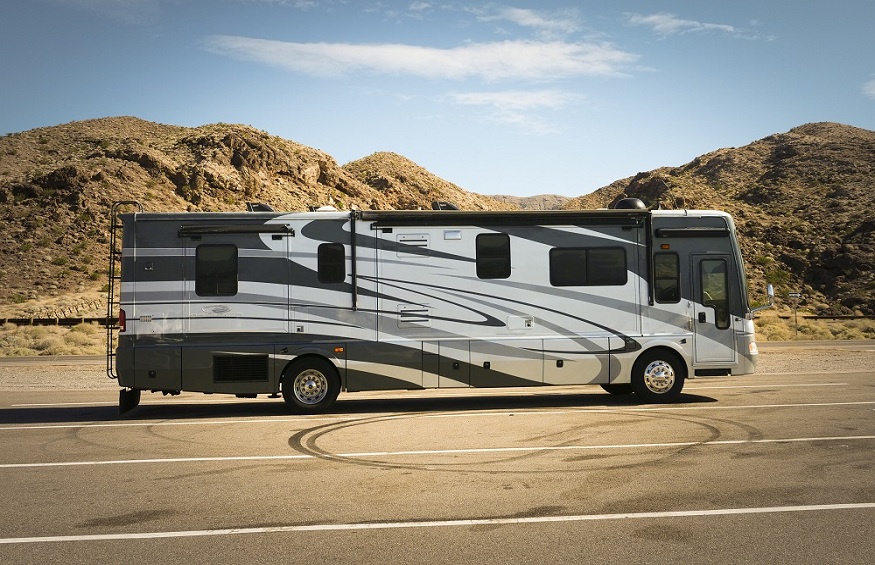There is an inherent trap that comes with shopping for motor homes at an RV show: you get so enamored by the aesthetics that you fail to think of the practicalities of each type of RV. When that happens, it is easy to choose one class of motor home only to regret that choice later. It happens all the time when people are trying to decide between Class A and Class C motor homes.
This post will not discuss Class B motor homes for the simple fact that these are actually just camper vans. They are not in the same league as the other two classes, meaning that most people who buy them know exactly what they are getting. Things are not so easy when choosing between the other two classes.
With the preliminaries out of the way, here are some of things you might not think about when trying to decide between a Class A and Class C model, compliments of the good folks at AirSkirts:
Tow Vehicles
Tow vehicles, also known as ‘toads’ in the RV world, make driving around town a little easier. If you are rocking a 40-foot Class A motor home, you’re not going to want to take it into town to get supplies. You are not likely to use it as your main vehicle for sightseeing. So guess what? You have to tow a passenger vehicle behind your motor home.
Class C motor homes tend to be smaller. They typically measure from 21 to 35 feet. Those on the smaller end of the scale can be more easily used as passenger vehicles. It is no big deal to drive a smaller Class C to the grocery store or the ballpark. By choosing a smaller Class C, you might be able to get away without a toad.
Fuel Costs
Because Class A motor homes tend to be on the larger side, they also tend to boast bigger engines that burn more fuel. Your largest Class A rigs with powerful diesel engines certainly get better mileage in 2022 than they did in 1972, but not as good as smaller Class C rigs.
Speaking of Class C motor homes, they are generally built on van frames and come with stock van engines. You generally have the choice between gasoline or diesel. Either way, you get fairly decent fuel mileage compared to a bigger Class A.
Storage Space
So far, it would seem that the Class C motor home is a better option. However, there are other things to think about. For example, consider storage space. There isn’t much of it on a typical Class C model. Because Class C motor homes are built on van frames, underneath-storage is limited. Most of your storage is inside. Things are different with a Class A motor home.
Class A models typically have storage both inside and underneath. The underneath-storage compartments are ideal for larger items. They are perfect for AirSkirts inflatable RV skirting, a full-size gas grill, extra propane tanks, sports equipment, and just about anything you might store in your garage at home.
Tank Capacity
Like storage, tank capacity tends to be greater with a Class A motor home. That may be a big deal if you are prone to boondocking. Larger tanks mean fewer stops to empty those tanks. You also tend to get more volume in terms of your freshwater capacity.
These are just some of the things that prospective buyers forget to think about when they visit RV shows. Nonetheless, they really should be considered before a purchase is made. Otherwise, it is too easy to make a decision you will end up regretting later.

